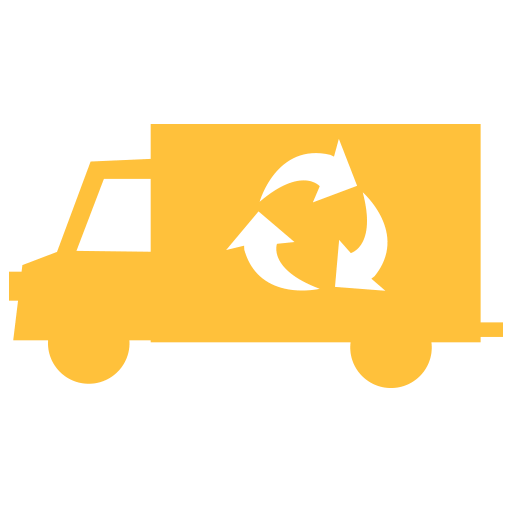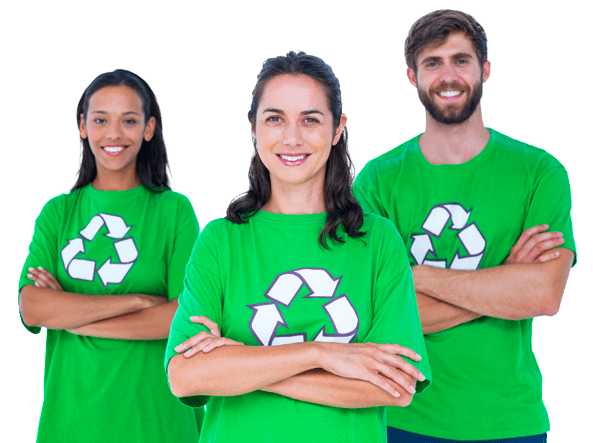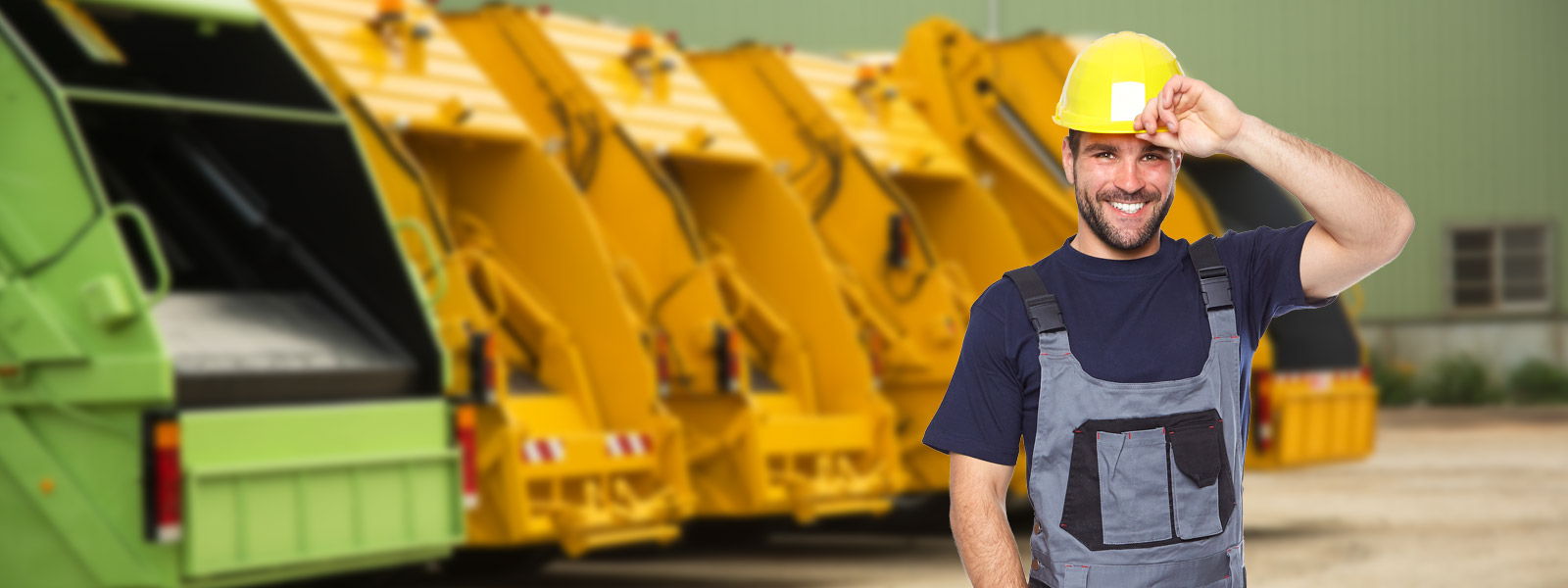Unlocking the Secrets to Stopping Microplastic Pollution
Posted on 07/09/2025
Unlocking the Secrets to Stopping Microplastic Pollution
Microplastic pollution poses a significant threat to the environment, health, and the world's water systems. These tiny plastic particles, less than 5mm in size, are everywhere--from the depths of the oceans to the food we eat. Addressing this complex challenge requires innovative solutions, robust policy frameworks, technology advancements, and greater public awareness.

Understanding Microplastic Pollution
What Are Microplastics?
Microplastics are *small plastic fragments* that originate from multiple sources, including the breakdown of larger plastics, microbeads in cosmetics, and abrasion from synthetic textiles. Their minute size allows them to escape conventional filtration systems, ultimately contaminating rivers, oceans, soils, and even the atmosphere.
- Primary microplastics: Intentionally manufactured as small plastics (e.g., scrub beads in cosmetics).
- Secondary microplastics: Result from the fragmentation of larger plastic waste due to environmental factors like sunlight and wave action.
Why Is Microplastic Pollution a Crisis?
The persistence of *microplastic pollution* is alarming. Unlike many contaminants, plastics can take hundreds of years to degrade. During this time, they can absorb toxic chemicals, enter food webs, and impact organisms at every trophic level--including humans.
- Bioaccumulation: Microplastics can accumulate within marine life and magnify through food chains.
- Health Risks: Exposure in humans is associated with potential risks, including inflammation, disruption of endocrine systems, and more.
Sources of Microplastic Pollution
To unlock the secrets to stopping microplastic pollution, it's crucial to identify and understand where these tiny particles come from:
- Synthetic textiles: Washing clothes made from polyester, nylon, and acrylic releases thousands of microfibers per wash.
- Personal care products: Many exfoliating scrubs and toothpaste contain microbeads used as abrasives.
- Tire wear: The abrasion of car tires on roads produces rubber microplastics.
- Industrial processes: Pellet loss during manufacturing transports nurdles (plastic pellets) into waterways.
- Degradation of larger plastics: Items like plastic bags, bottles, and packaging gradually fragment into microplastics under UV exposure and mechanical forces.
Global Impact of Microplastic Contamination
Microplastics have been detected in the remotest regions--from Arctic sea ice to the deepest marine trenches. This widespread distribution has led to pervasive contamination of aquatic systems, soils, air, and even drinking water supplies. Studies show microplastics in bottled and tap water globally, raising urgent health concerns.
Innovations in Microplastic Detection and Removal
New Technologies for Microplastic Monitoring
Powerful detection tools are essential for effective intervention. Cutting-edge spectroscopy, microscopy, and chemical tagging techniques help scientists track, identify, and quantify microplastics across environments. These innovations provide critical data for informed policy and targeted cleanup efforts.
- FTIR (Fourier-transform infrared spectroscopy): Identifies polymer types in environmental samples.
- Raman spectroscopy: Analyzes microplastics in complex biological or sediment matrices.
- AI-powered image analysis: Automates detection and classification of plastic particles.
Effective Removal Strategies
Targeting microplastic pollution at both source and environmental sinks is essential for large-scale mitigation:
- Wastewater Treatment Plants (WWTPs): Upgrading facilities with advanced filtration (membrane bioreactors, sand filtration, electrocoagulation) can capture up to 90% of microplastics before effluent reaches rivers.
- Stormwater management: Installing filters, interceptors, and constructed wetlands in urban drainage systems prevents microplastics from entering local waterways.
- Oceans and Rivers: Floating barriers, skimmers, and specially designed traps help recover plastic debris from aquatic habitats.
Policy Solutions: How Regulations Can Stop Microplastics
International Agreements and National Legislation
Many countries have recognized the urgent need to act and are introducing bans on microbeads in cosmetics, restrictions on single-use plastics, and frameworks for extended producer responsibility (EPR). Notable examples include:
- Microbead bans: The US, UK, Canada, and New Zealand have prohibited microbeads in rinse-off personal care products.
- EU Single-Use Plastics Directive: The European Union is phasing out top plastic pollutants and requiring product redesign for recyclability.
- Producer responsibility: Forcing companies to manage end-of-life product waste discourages plastic pollution at the source.
Industry Best Practices
Corporate responsibility is essential to stop microplastic pollution. Innovative companies are redesigning products and adopting sustainable packaging alternatives, such as compostable materials and reusable options.
- Textile manufacturing: Brands can develop fabrics that release fewer microfibers, invest in filters, and reduce synthetic blends.
- Chemicals and personal care: Substituting plastic microbeads with natural exfoliants (e.g., salt, apricot kernels).
- Transport and tires: Research into alternative, less abrasive tire compounds and road surface improvements.
How You Can Help Stop Microplastic Pollution
Personal Choices and Consumer Habits
Everyone has a role to play in stopping microplastic contamination. Even small changes in daily?? can lead to meaningful reductions in pollution. Consider the following steps:
- Choose natural fibers: Opt for clothes made from organic cotton, wool, and hemp instead of synthetics.
- Install microfiber filters: Use washing machine filters or laundry bags designed to trap shedding fibers.
- Avoid products with microbeads: Check ingredient lists for polyethylene or polypropylene in personal care products.
- Minimize disposable plastics: Bring reusable bags, bottles, and cutlery. Select packaging-free goods when possible.
- Support responsible brands: Purchase from companies committed to reducing plastic in their supply chains.
Community Initiatives and Advocacy
Local groups and nonprofit organizations significantly influence public policy and corporate behavior.
- Participate in cleanups: Join or organize community events to remove plastic waste from rivers, beaches, and parks.
- Educate others: Host workshops, share information online, and encourage responsible waste management.
- Advocate for change: Petition legislators to pass meaningful policies on microplastic reduction and recycling incentives.
New Frontiers: Scientific Breakthroughs in Microplastic Remediation
Biodegradable Plastics and Green Chemistry
Ongoing research into truly biodegradable plastics, such as PLA (polylactic acid) and PHA (polyhydroxyalkanoates), promises to reduce future microplastic burdens. However, it's critical that these alternatives genuinely decompose under natural environmental conditions, not just in industrial composters.
- Green chemistry: Scientists are developing additives and catalysts that accelerate plastic biodegradation.
- Enzyme-based solutions: Certain bacteria and fungi can break down plastics at the molecular level, leaving harmless byproducts.
Advanced Filtration and Cleanup Technologies
Novel tech is being deployed in water treatment, from nanofiltration membranes to magnetic separation of microplastics in contaminated water.
- Electrostatic traps: Devices that attract and capture suspended particles based on their charge.
- Robotic skimmers: Autonomous robots sweep up microplastics from surface water bodies with minimal human intervention.

The Road Ahead: A Holistic Approach to Microplastic Reduction
Integrating Policy, Technology, and Public Engagement
Unlocking the secrets to stopping microplastic pollution will demand a coordinated, multi-level effort. Only by combining regulations, cutting-edge science, industry innovation, and a shift in consumer behaviors can society achieve lasting results.
- Holistic waste management: Move toward circular economies emphasizing repair, reuse, and high-quality recycling.
- Comprehensive monitoring: Deploy environmental sensors and sampling to map pollution hotspots and track trends.
- Global collaboration: Share research, best practices, and technological solutions across borders for maximum impact.
Education and Awareness
Ongoing education initiatives are vital. By fostering environmental literacy from a young age and engaging all sectors of society, we can ignite collective action and creativity to solve the plastic predicament. Schools, universities, and media platforms play a pivotal role in shaping attitudes and inspiring involvement.
Conclusion
Microplastic pollution is a *silent invader*, impacting ecosystems, wildlife, and human health. Yet, the solutions exist--waiting to be implemented at scale with enough willpower, investment, and imagination. By unlocking the secrets to stopping microplastic contamination, we pave the way to a cleaner, more sustainable future for the planet and generations to come.
Take action today: stay informed, adjust your habits, support innovation, and demand better policies. Every step brings us closer to ending the microplastic crisis.
Frequently Asked Questions (FAQs)
- What are the long-term effects of microplastics on human health?
While the full impacts are still under research, studies suggest that microplastics can cause inflammation and may carry toxic chemicals that disrupt bodily functions. - Is bottled water safer than tap water regarding microplastics?
Surprisingly, recent studies indicate microplastics are present in both bottled and tap water, often in similar quantities. - Which countries are leading the fight against microplastic pollution?
Nations in the European Union, Canada, and the UK have aggressive microplastic reduction policies. However, global coordination is crucial. - How can I reduce my own microplastic footprint?
Choose natural fiber clothes, avoid microbead-containing products, reduce plastic use, install laundry filters, and participate in local cleanups.
Remember: The fight against microplastic pollution requires everyone's participation. Your choices matter!
 House clearance
House clearance Rubbish collection
Rubbish collection








 020 3744 6462
020 3744 6462 020 3744 6462
020 3744 6462


